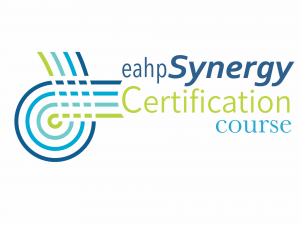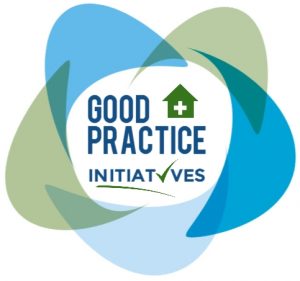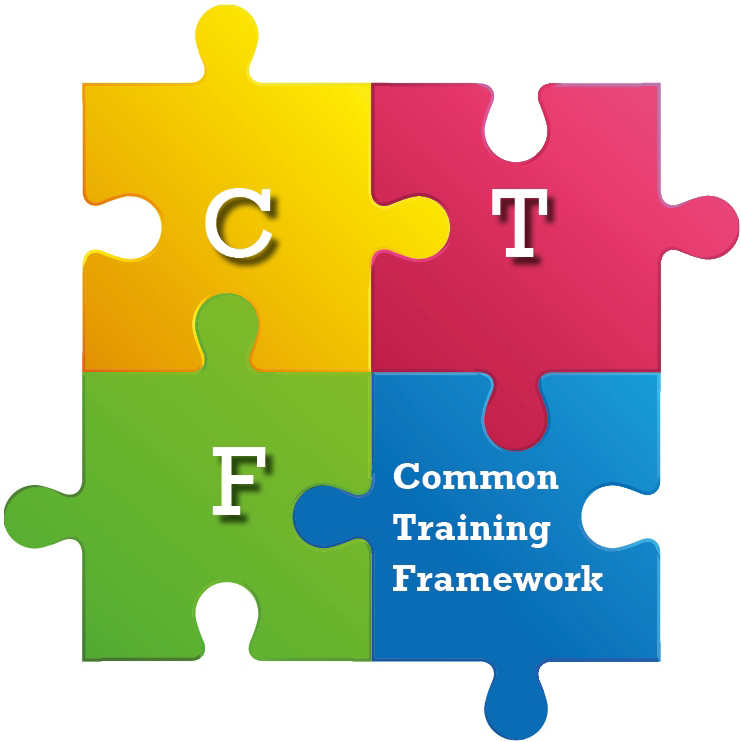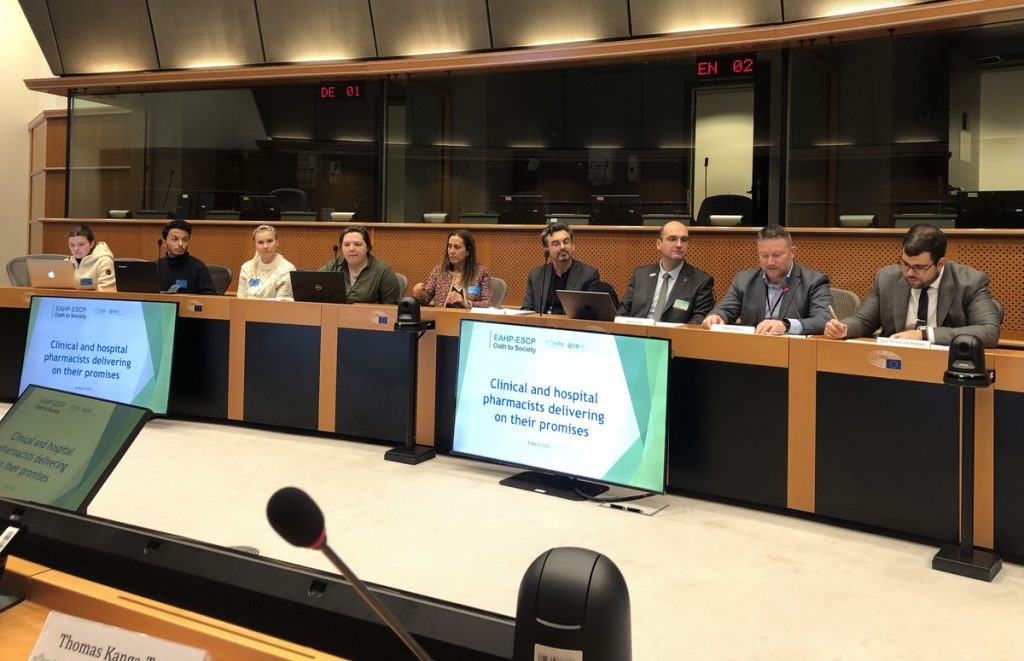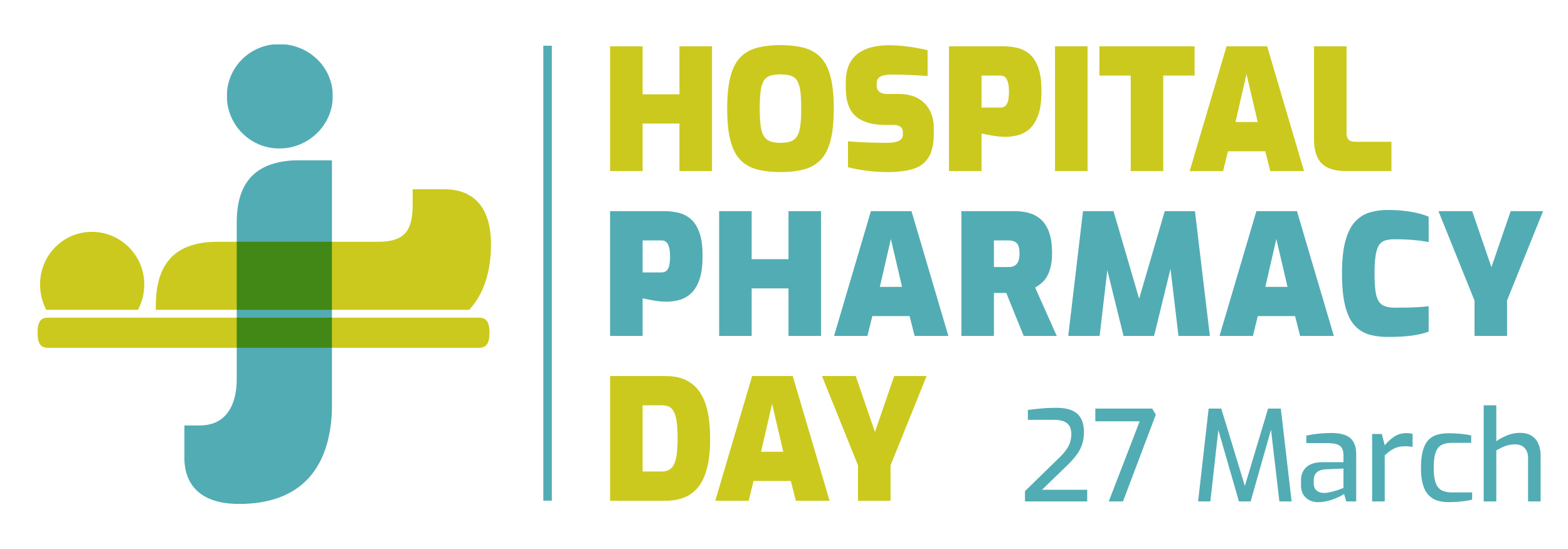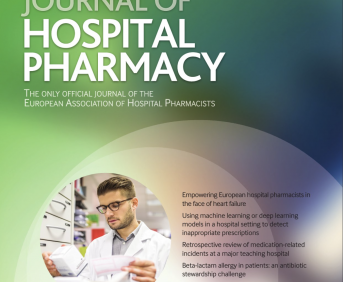Linked to EAHP Statements
Section 1 – Introductory Statements and Governance: Statements 1.3, 1.7
Section 4 – Clinical Pharmacy Services: Statements 4.1, 4.2, 4.3, 4.4, 4.8
Section 5 – Patient Safety and Quality Assurance: Statements 5.1, 5.5, 5.6, 5.8
ACPE UAN: 0475-0000-21-018-L05-P. A knowledge-based activity.
Abstract
Centralised or “back office” clinical pharmacy is often described as a pharmaceutical analysis of patient specific medication orders, by pharmacists based in the hospital pharmacy. Electronic clinical decision support systems (CDSS), basic and more advanced, can play a role; screening all orders and extracting the ones needing extra attention. Identified medication errors and risk situations can then be communicated to the prescribers via the prescription software, by e-mail or by phone.
In ward-based or “bedside” clinical pharmacy, the pharmacist, who is integrated in the decision-making team, typically performs standardised services for all patients, such as medication reviews and medication counselling at discharge.
This seminar will provide an overview of the recent developments in back-office clinical medication surveillance. Integrating advanced clinical rules, in the form of algorithms, into computerised physician order entry (CPOE) systems, is one way of identifying orders that are erroneous or propose risks. The new advanced systems combine information from several sources such as laboratory values, diagnoses and body weight (from individual patients’ electronic health records) with the information in the CPOE. This enables the generation of alerts that are more clinically relevant and patient specific compared to basic CDSS alerts (typically drug-drug interaction warnings).
The seminar will present strategies on how to integrate these digital alerts into the daily practice of ward based clinical pharmacists – to achieve synergetic effects and develop pharmacy practice. One hypothesis is that alerts, generated digitally, maybe more effectively addressed by ward based clinical pharmacists, working daily with the physicians on the ward, than by pharmacy-based pharmacists – and thus have a greater impact on patient safety. The seminar is directed both to pharmacists practising (or considering the introduction of) clinical pharmacy – centralised from the hospital pharmacy, bedside on the wards or in a combination of both methods.
Learning objectives
After the session, participants should be able to:
• describe existing back-office clinical services, used in pharmaceutical analyses of medication orders, including both basic and advanced examples;
• list different types of alerts generated through clinical rules. Elaborate on the need for up-dating, fine tuning and monitoring the clinical effects of the rules;
• describe different ways that identified problems and errors can be communicated and solved;
• explain how combining the two models of clinical pharmacy may impact the effectiveness of clinical pharmacy and hence patient safety.
Educational need addressed
Clinical pharmacy services in Europe vary greatly. Some pharmacists are solely based in the hospital pharmacy and some also work on hospital wards – all sharing the same goal; to increase medication safety for patients. This seminar will focus on the potential synergetic effects of a mixed model (i.e. a successful combination of back-office and bedside clinical pharmacy).
Keywords: clinical validation of prescriptions, clinical decision support systems (CDSS), medication surveillance, clinical rules, medication surveillance, patient safety, clinical pharmacy, prescribing, safety.







